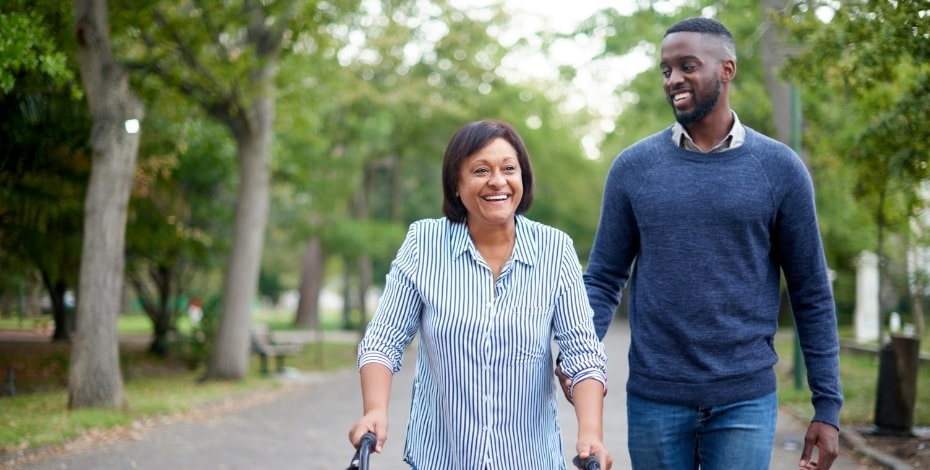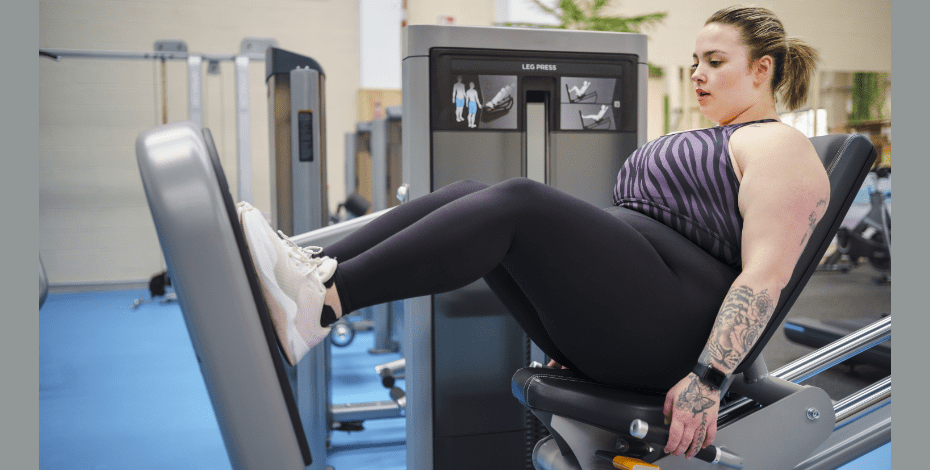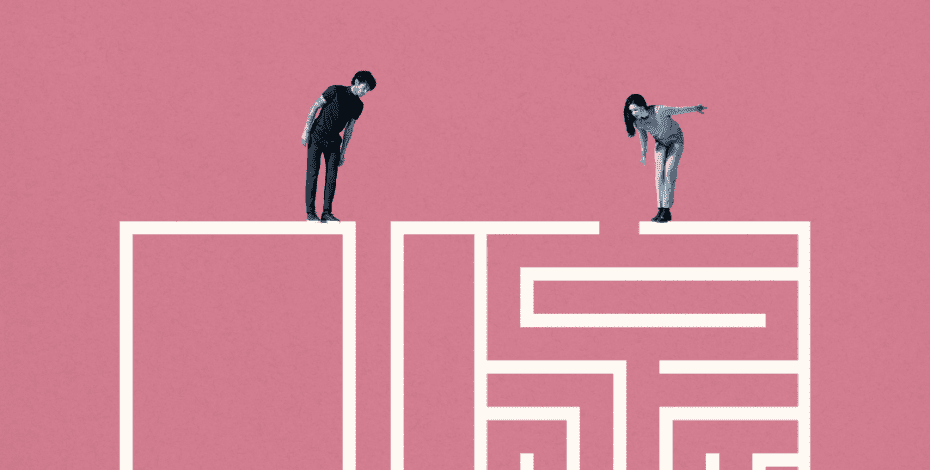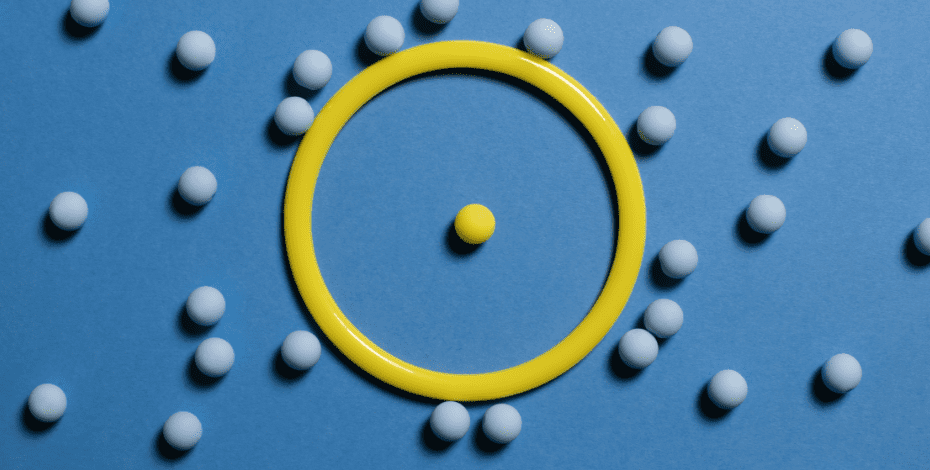
Dual-task interference during walking after stroke

A systematic review investigated the effects of stroke on dual-task interference while walking. Q&A with Marco Pang.
Walking is often a difficult task for people who have had a stroke and their walking performance can be affected by doing another task at the same time. There has been a lot of research on this topic. How much evidence was able to be included in the review?
A total of 76 studies involving 2425 people after stroke and 492 people without stroke were included in the review.
What types of secondary tasks were examined in the studies in your review? Did the type of secondary task affect the amount or pattern of dual-task interference?
Different types of secondary cognitive tasks were examined in this review, including mental tracking, language, visuospatial tasks, short-term memory and discrimination and decision-making tasks.
Apart from these cognitive tasks, secondary manual tasks were also examined.
The type of secondary task had an influence on the amount of dual-task interference.
For example, the manual and mental tracking tasks seemed to impose the greatest dual-task interference on gait speed.
On the other hand, the mutual interference pattern (degradation of both the mobility and secondary task performance) was the most common interference pattern found and this pattern could be induced by different secondary tasks during walking.
Why does dual-task interference happen?
There are different theories attempting to explain why dual-task interference happens.
One of the most popular is the capacity sharing theory, which assumes a finite processing and attention capacity in people.
When the demand of component tasks exceeds the capacity, task performance either deteriorates or fails completely.
Another common theory is the bottleneck or task switching theory, which assumes a stage of internal processing that can only operate on one stimulus or response at a time.
When two stimuli are presented at the same time, the responses are often elicited in succession rather than concurrently, causing a bottleneck delay that impairs the performance of either or both tasks.

Marco Pang's research investigates dual-task interference while walking after stroke.
Did the amount or pattern of dual-task interference vary with other factors, such as time since stroke or the instructions given to the patient about which task to focus on?
Our review did not provide evidence that time since stroke is an important factor in affecting the amount or pattern of dual-task interference.
Our primary analyses and sensitivity analyses involving only patients with chronic stroke yielded largely similar results.
We were not able to determine whether the instructions given to the patient about which task to focus on affected the results, largely because task prioritisation instructions were not reported in the majority of studies (72 per cent).
How should clinical physiotherapists use this information?
The degree and pattern of dual-task interference depends on the choice of component task domain and subcategory.
Clinical physiotherapists may need to select dual-task combinations with standardised procedures in order to capture specific deficits in dual-task performance, index functional abilities under more challenging situations than routine clinical tests and individually tailor corresponding interventions for people after stroke.
An inventory of daily habits, ecological interactions and aptitude in different cognitive domains (as determined by corresponding cognitive assessments) may help in the initial identification of specific dual-task combinations that are most appropriate.
What areas of dual-task interference did your review show still require further investigation in clinical studies?
There is a need to study possible associations between dual-task interference and stroke chronicity, physical impairment and specific cognitive deficits (eg, decline in memory or mental tracking ability).
There is also a need to validate standardised dual-task mobility assessment for evaluating the effect of treatment on dual-task walking function.
Further research is required to compare walking function under different dual-task conditions at various stages of stroke recovery.
>> Marco Pang is a professor in the Department of Rehabilitation Sciences and the director of the University Research Facility in Behavioral and Systems Neuroscience at the Hong Kong Polytechnic University. He is the editor-in-chief of the Hong Kong Physiotherapy Journal and the president of the Hong Kong Physiotherapy Association.
© Copyright 2024 by Australian Physiotherapy Association. All rights reserved.






